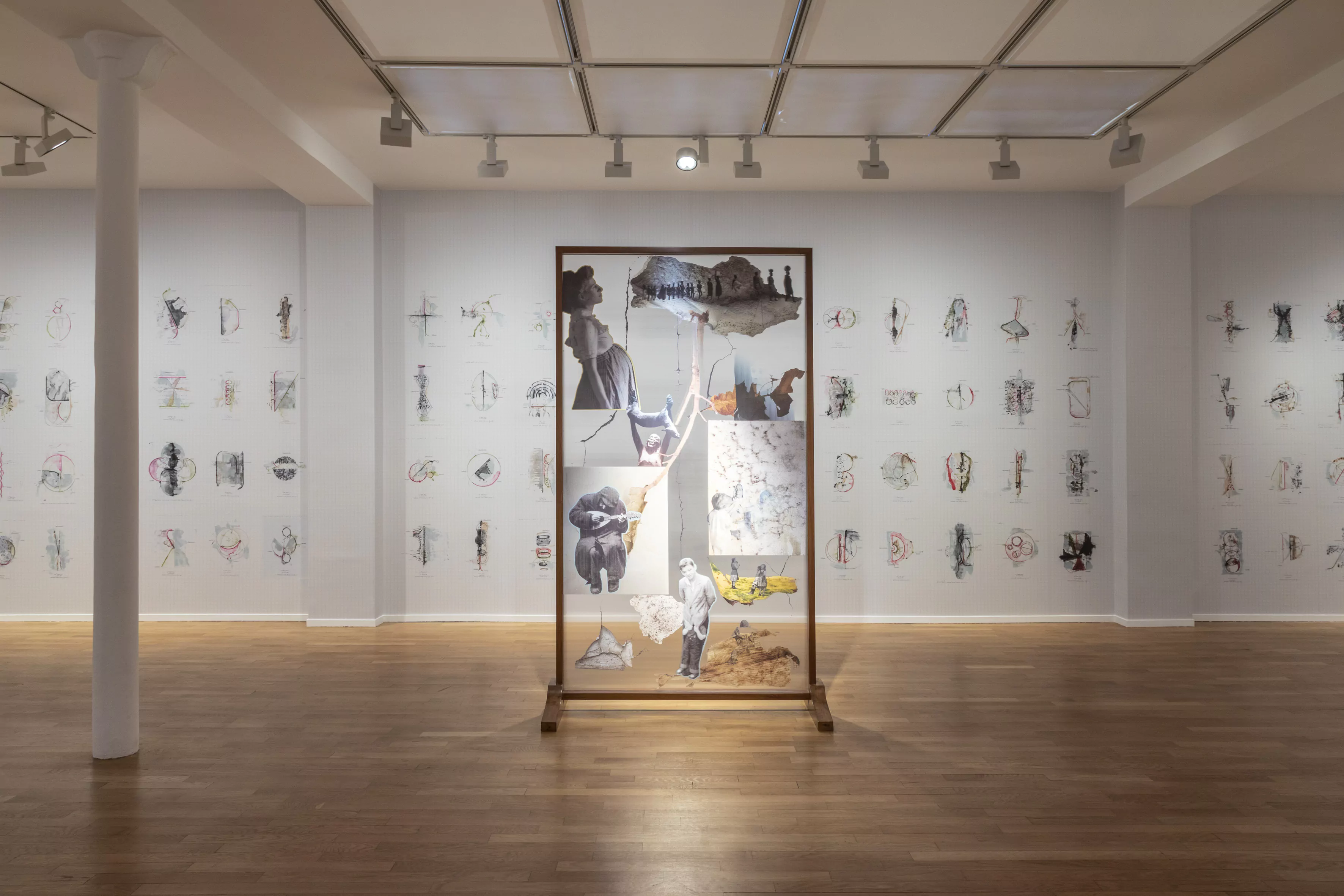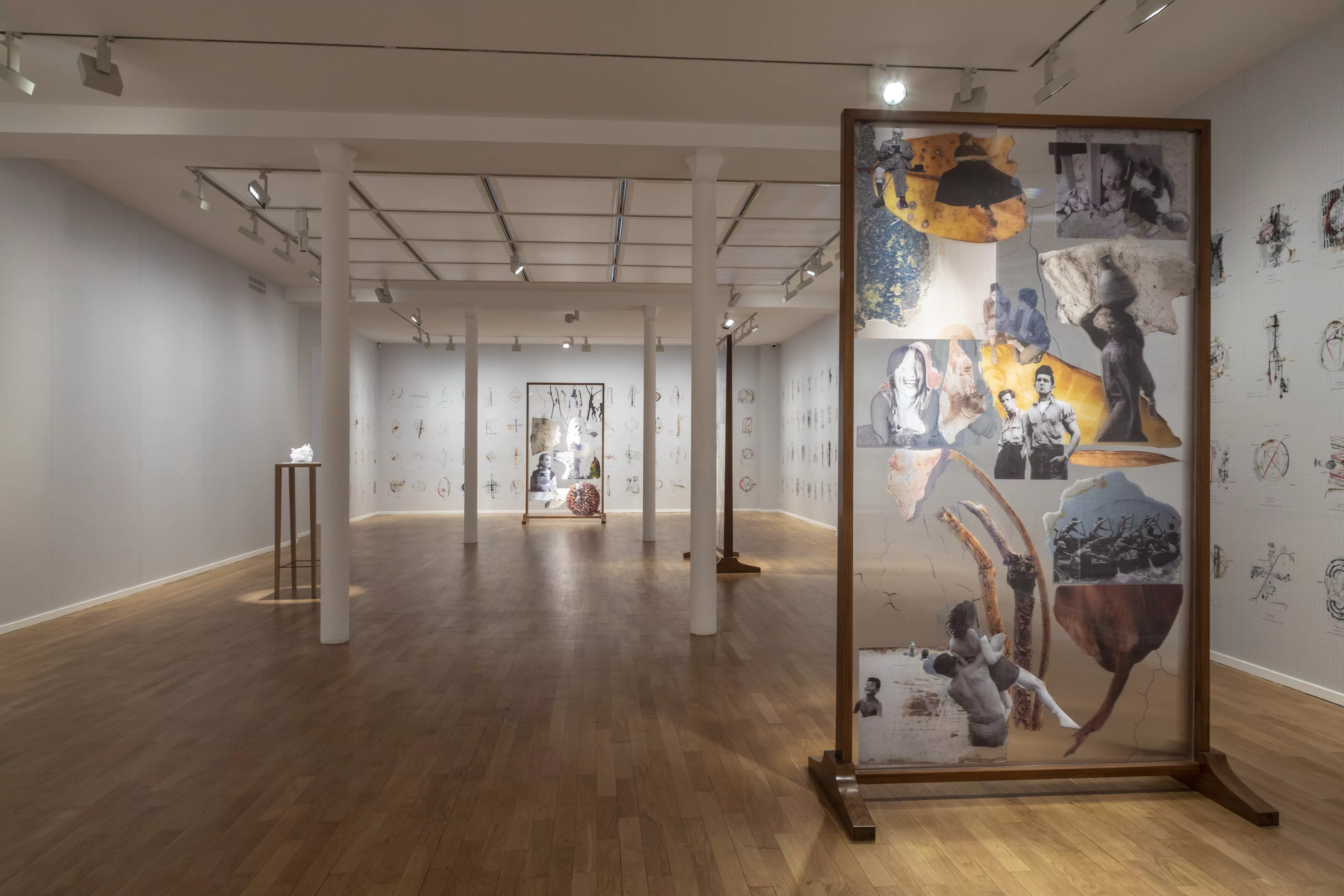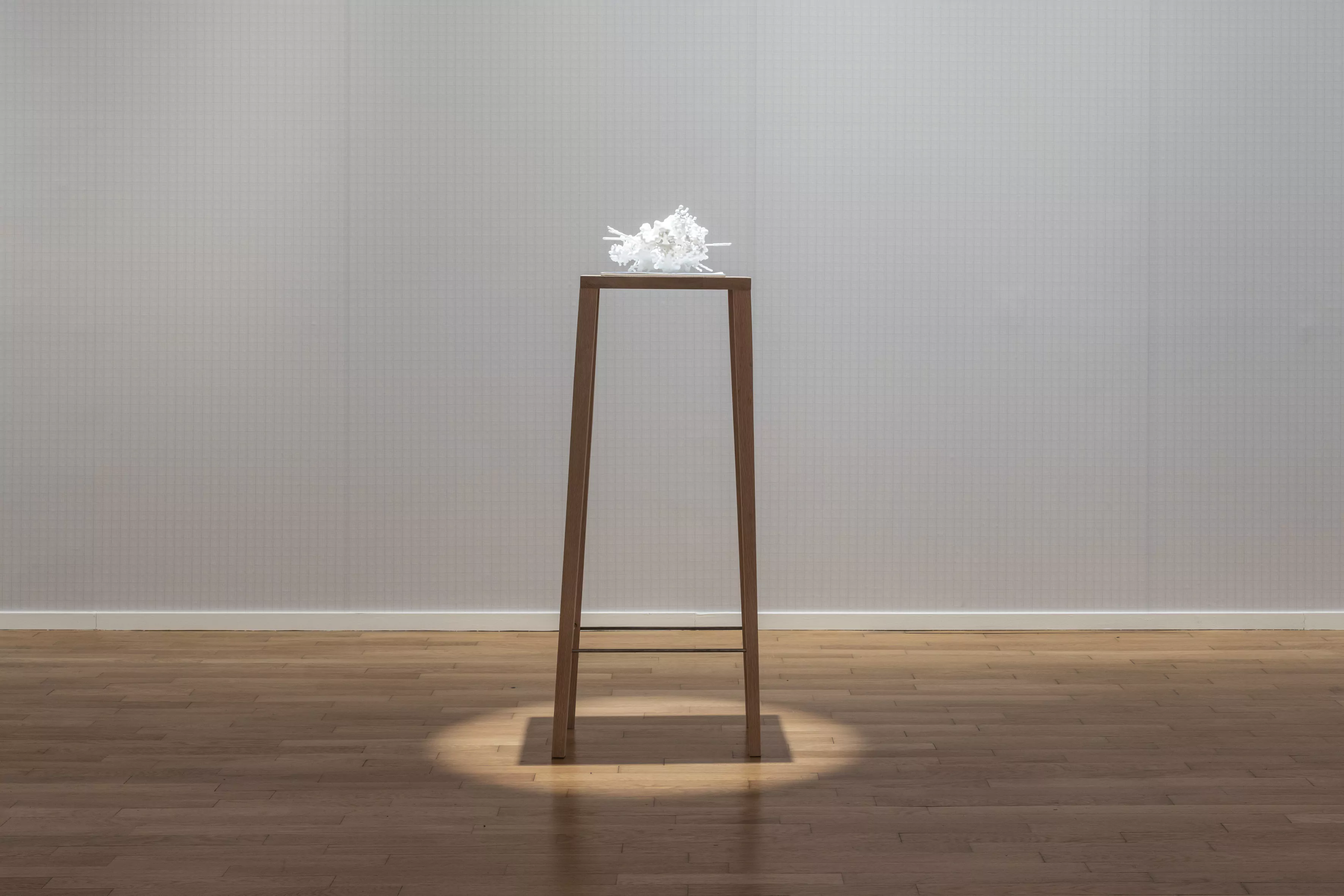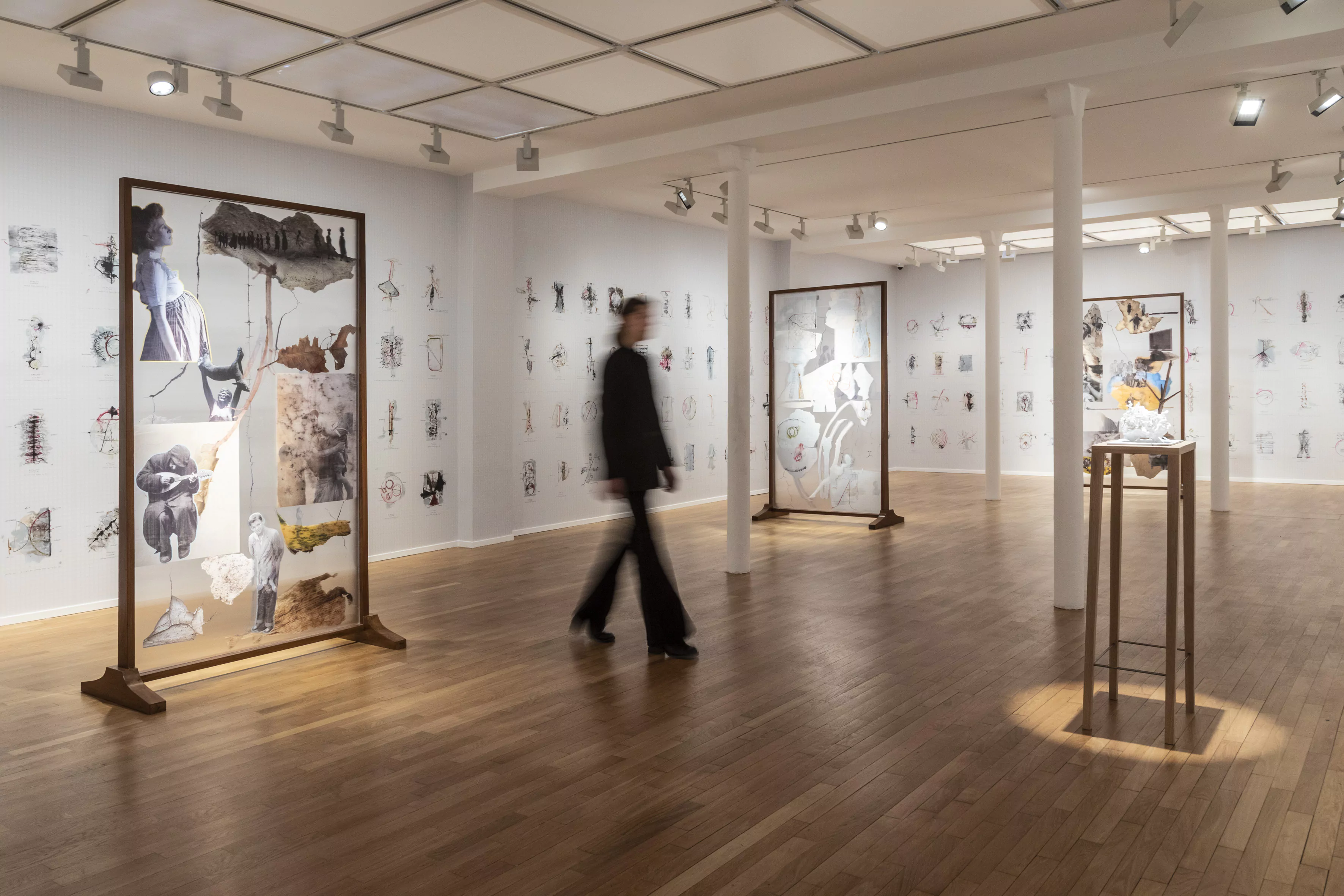
Jitish Kallat
Echo Verse
Jitish Kallat returns to Paris with Echo Verse, an ambitious exhibition conceived as a complex system of signs and conjectures linking artistic, historical and scientific references. Widely known for his conceptual and poetic language, Jitish Kallat has altered the tenor of the Beaubourg gallery with a new body of work exploring the passage of time and the notions of transience, evolution or entropy.

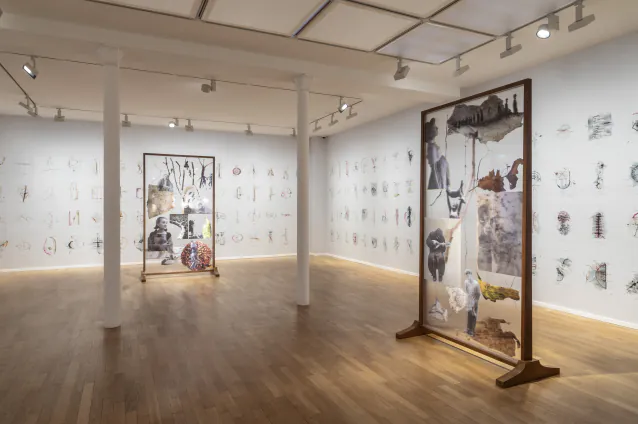
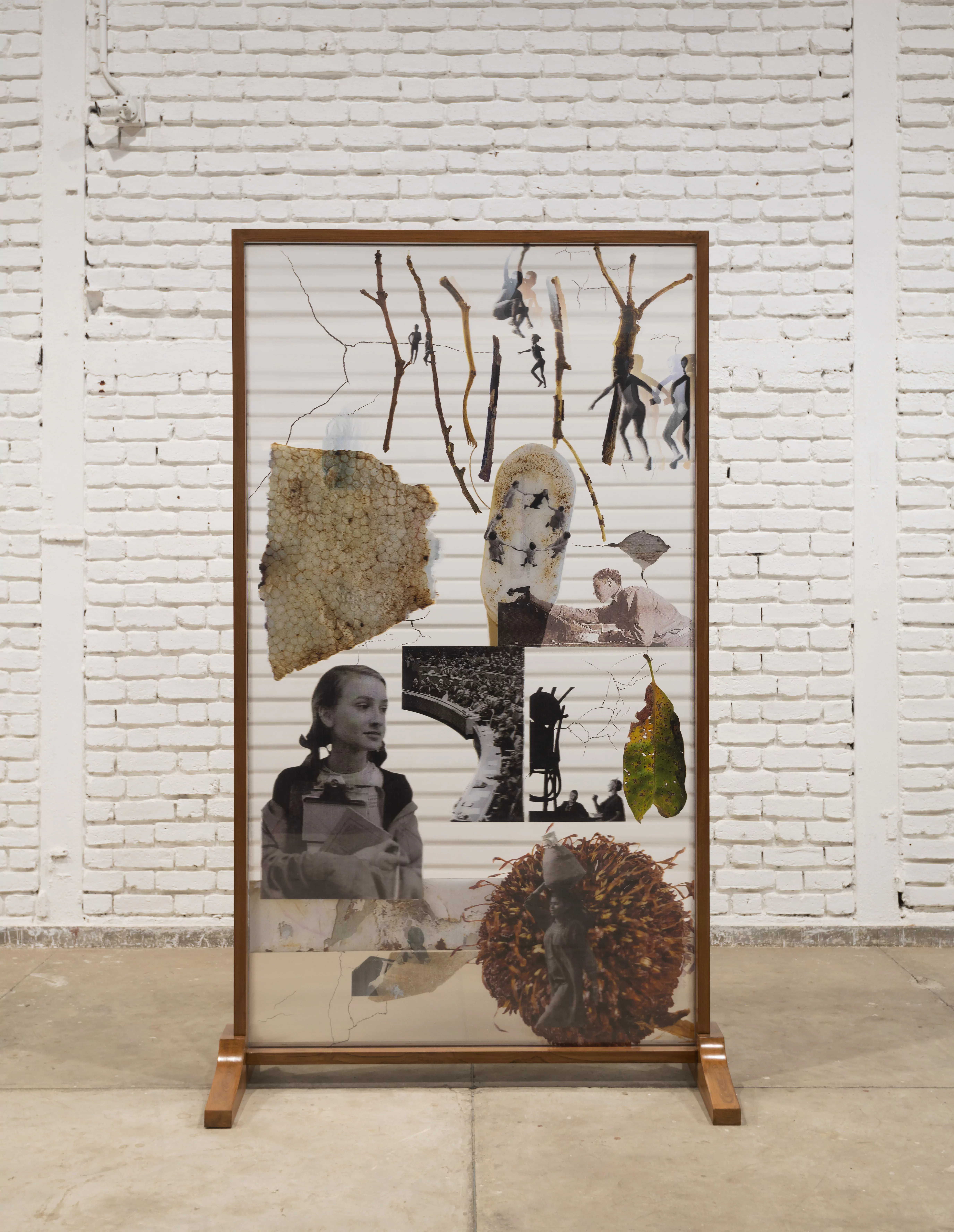
Jitish Kallat plays with scale and distance to offer an assembly of sensory and speculative propositions that weaves unexpected links between everyday reality and the cosmos. The exhibition opens with Elicitation # 1 (Terranum Nuncius), a photographic diptych of images drawn from the Golden Record archive dispatched by NASA on the Voyager space missions in 1977. These images – children playing with a miniature globe, a woman tasting an ice cream, a man eating a sandwich – were conceived as a summary of human life as addressed to an extraterrestrial intelligence. These inaugural images of consuming and surveying the planet can be read as an oblique invitation to reflect on the exhibition.
Extending his intimate notebook into an immersive mural-like format, Integer Study (drawing from life) is a repertoire of shapes and numbers that spans the entire gallery. Since the beginning of 2021, the artist has been exploring the planetary present through a daily count of the world population. One encounters 365 drawings, each displaying the algorithmically estimated births and deaths that have occurred up until a specific time each day. With intricate graphite and aquarelle pencil markings and gesso stains, Kallat’s painterly abstraction contrasts with precise data, forming a triangulation of life by mapping birth, death and time. Echoes of existential questions morph into ecological ones, from reflections on climate and extinction to evolution and decay.
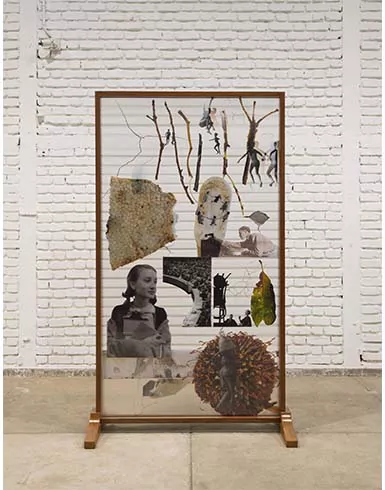
Epicycles
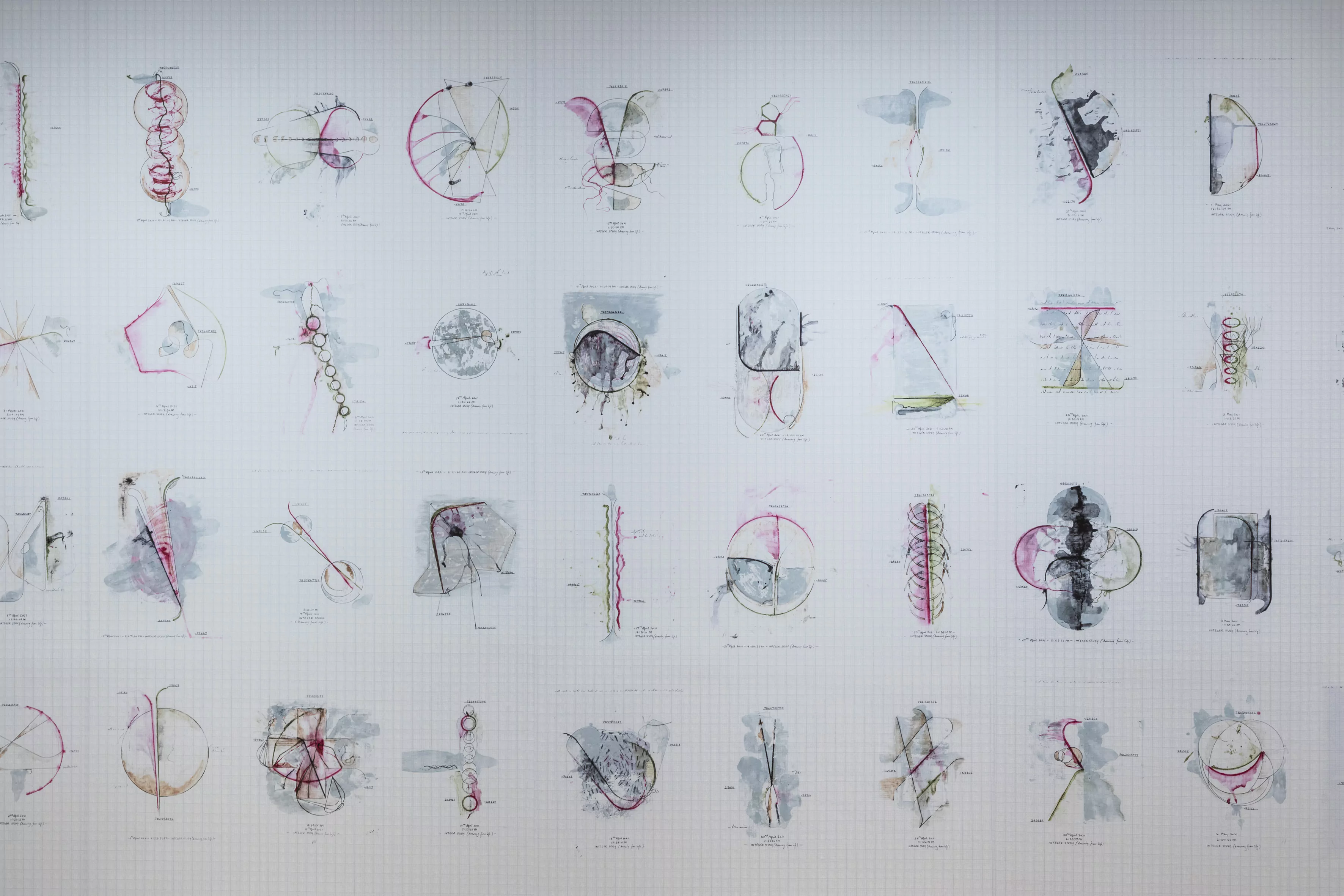
The artist
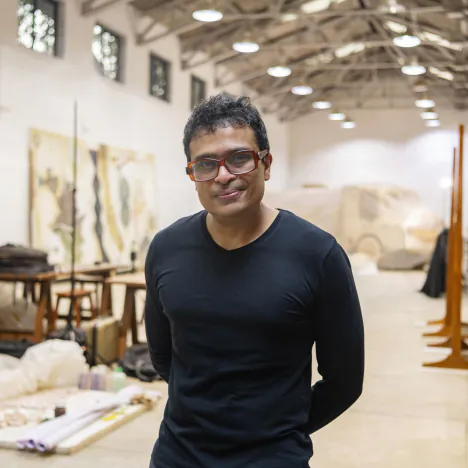
Born in 1974 in Mumbai, Jitish Kallat is one of the most promising artists of his generation. Jitish Kallat’s work, imbued with autobiographical, political and artistic references, forms a narrative of the cycle of life in a rapidly changing India. Weaving together strands of sociology, biology and archaeology, the artist takes an ironic and poetic look at the altered relationship between nature and culture.

